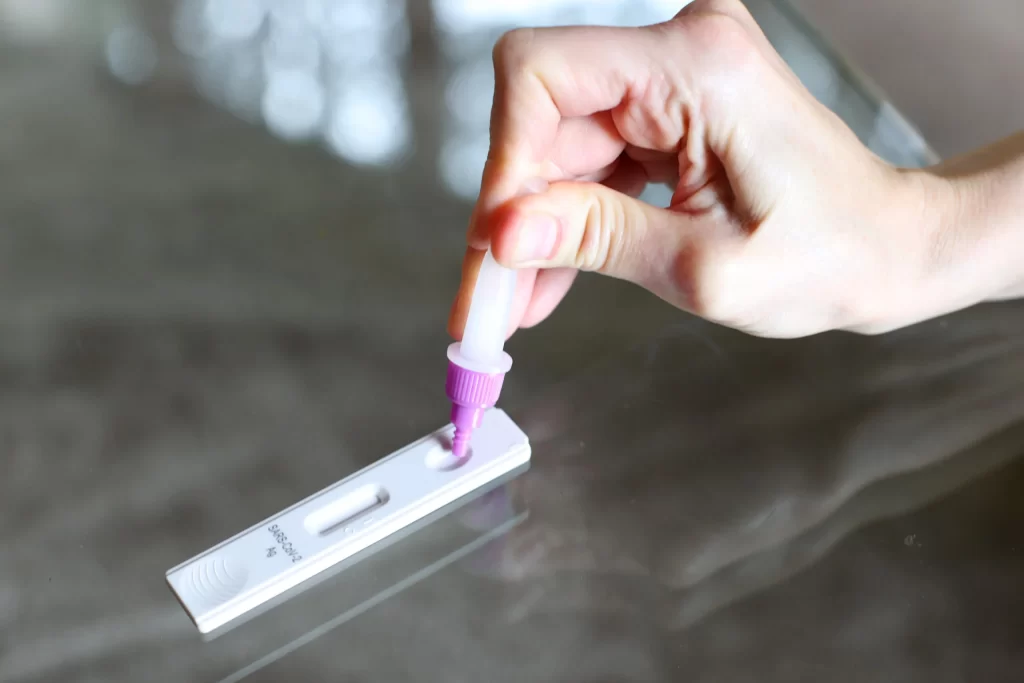
In today’s fast-paced world, convenience and privacy are highly valued, especially when it comes to personal health matters. At home rapid testing has become increasingly popular, allowing individuals to take control of their sexual health without the need for awkward visits to clinics or long wait times for results.
The Importance of Accurate Testing
Sexually transmitted diseases (STDs) can have serious consequences if left untreated, making accurate testing crucial. False negatives can lead to delayed treatment and the potential spread of infections to sexual partners. On the other hand, false positives can cause unnecessary stress and anxiety.
Ensuring the accuracy of at-home rapid STD tests is paramount to maintain trust in these convenient testing methods. Reputable manufacturers invest heavily in research and development to create reliable tests that minimize the risk of errors.
Understanding the Testing Process
At-home rapid STD tests typically involve collecting a sample, such as blood or urine, and following the provided instructions to perform the test. These tests often utilize advanced technologies, such as lateral flow assays or immunochromatography, to detect the presence of specific antibodies or antigens associated with STDs.
It’s essential to carefully read and follow the instructions provided with the test kit to ensure proper sample collection and test execution. Deviating from the recommended procedure can lead to inaccurate results.

Quality Control Measures
Reputable at-home rapid STD test manufacturers implement strict quality control measures to ensure the accuracy and reliability of their products. These measures include rigorous testing of raw materials, batch testing of finished products, and adherence to good manufacturing practices (GMP).
Additionally, many at-home rapid STD tests undergo independent evaluations by third-party organizations to validate their performance and accuracy. Look for tests that have been approved or cleared by regulatory bodies such as the FDA or CE marking.
Interpreting Test Results
Interpreting the results of an at-home rapid STD test can be straightforward, but it’s crucial to understand the limitations of these tests. While rapid tests are highly accurate when performed correctly, they are not infallible.
If a test result is positive, it’s essential to follow up with a healthcare professional for confirmation and appropriate treatment. False positives, although rare, can occur due to cross-reactivity with other substances or improper test execution.
Seeking Professional Guidance
While at-home rapid STD tests offer convenience and privacy, they should not replace regular check-ups with a healthcare provider. If you have concerns about your sexual health or experience symptoms of an STD, it’s always best to consult with a medical professional.
Healthcare providers can offer additional testing options, such as laboratory-based tests, which may have higher sensitivity and specificity. They can also provide personalized advice, treatment, and support based on your individual circumstances.
Conclusion
At-home rapid STD testing has revolutionized the way individuals take charge of their sexual health. By ensuring the accuracy of these tests through rigorous quality control measures and following proper testing procedures, people can have confidence in their results.
However, it’s important to remember that at-home tests are not a substitute for professional medical care. If you have any doubts or concerns, don’t hesitate to reach out to a healthcare provider for guidance and support.





